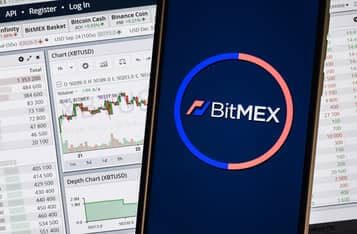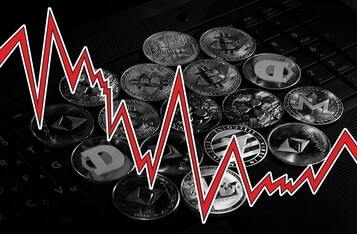European Securities and Markets Authority Prioritizes Crypto-Related Regulation

The European Securities and Markets Authority (ESMA) announced its key priorities list for 2020-2022. In its published document “Strategic Orientation for 2020-22,” the ESMA reflected its focus on supervisory convergence and its role in building the Capital Markets Union.
The organization aims for market participants to acknowledge and prepare for the new risks faced by digitization. The document reads, “The dangers of cyberthreats to the financial system as a whole and a sound legal framework for crypto-assets are increasingly becoming areas of focus for ESMA together with the other ESAs, the ESRB, the ECB, and the European Commission.”
Steven Maijoor, the ESMA Chair said that one of their key priorities is to ensure the consistent and coherent implementation of the Single Rulebook, “with our new powers in this area, we will adopt a risk-based approach, in cooperation with national authorities, to supervisory convergence across the EU.”
The ESMA has been consistently facing challenges in uncertainty towards the regulation of cryptocurrencies and securities for years. In May 2018, the ESMA agreed to temporarily adjust the leverage limit for crypto-related contracts for difference (CFD) products to 2:1, which requires retail investors to initially pay 50 percent of the total CFD value.
Image source: Shutterstock








